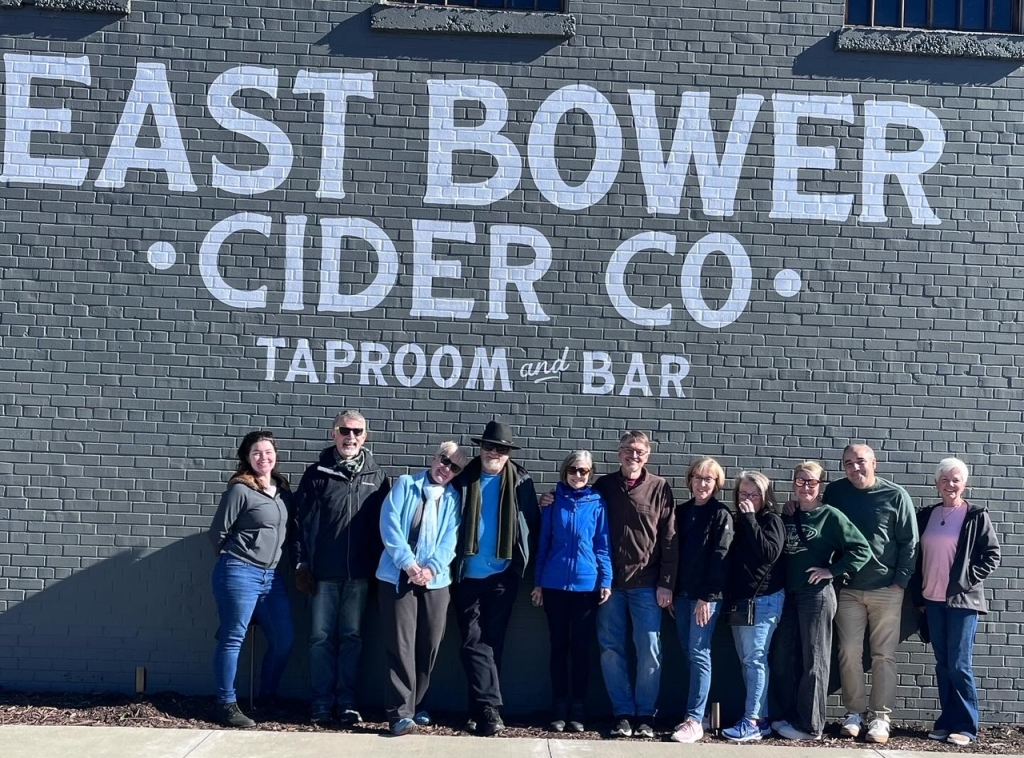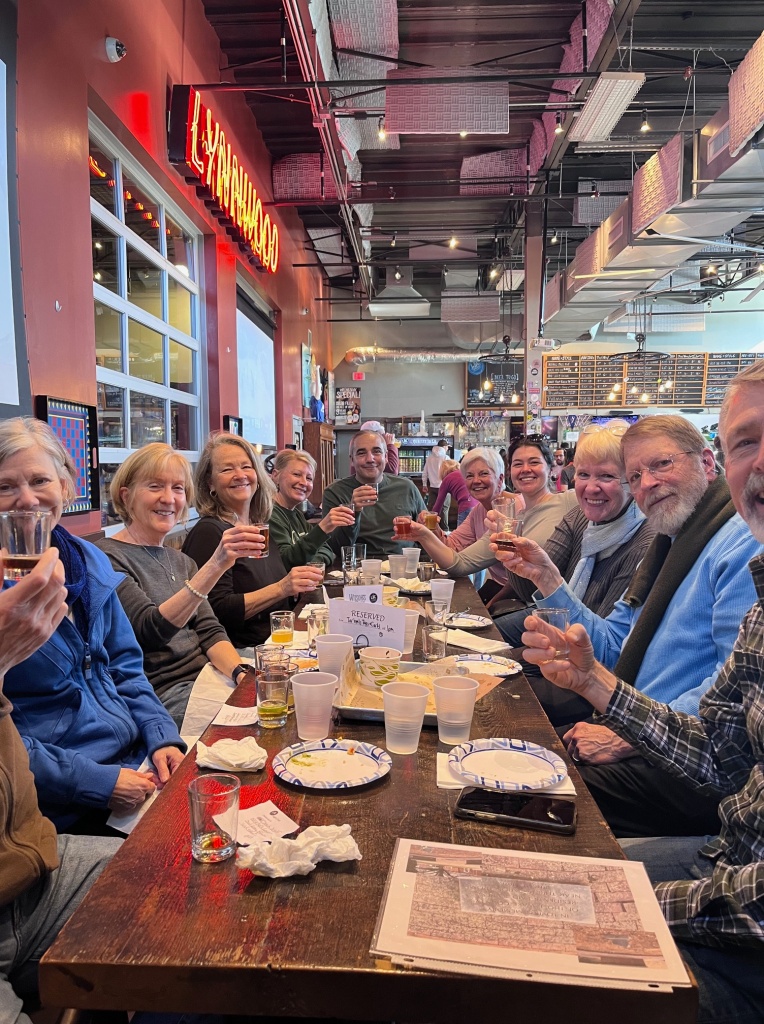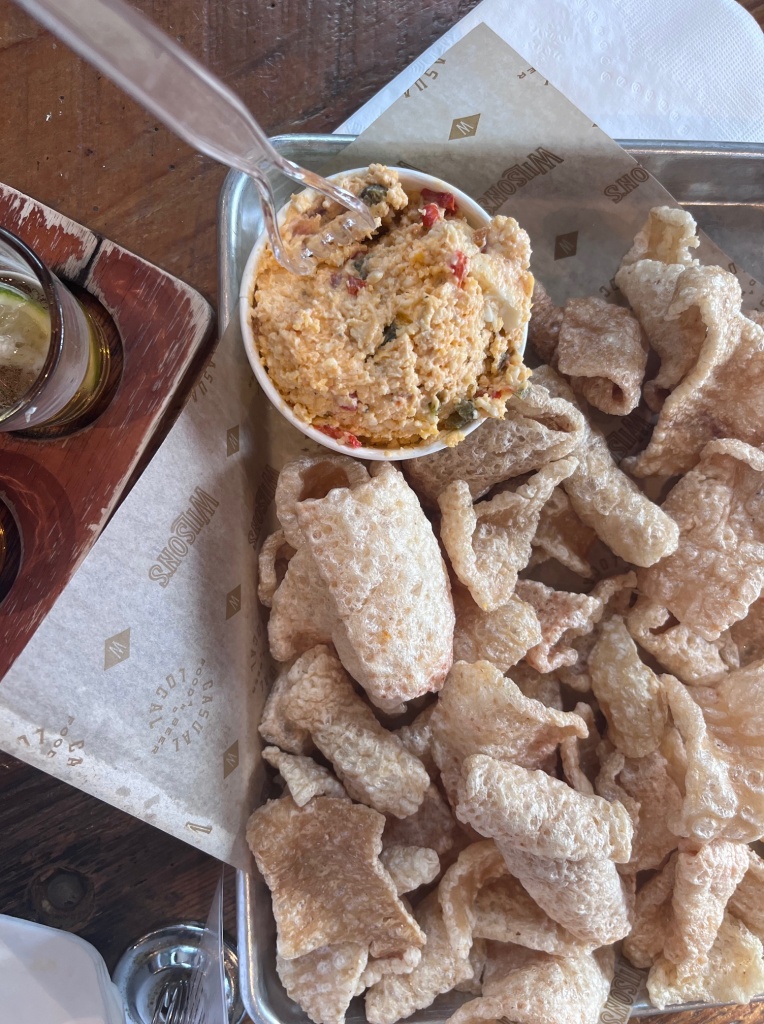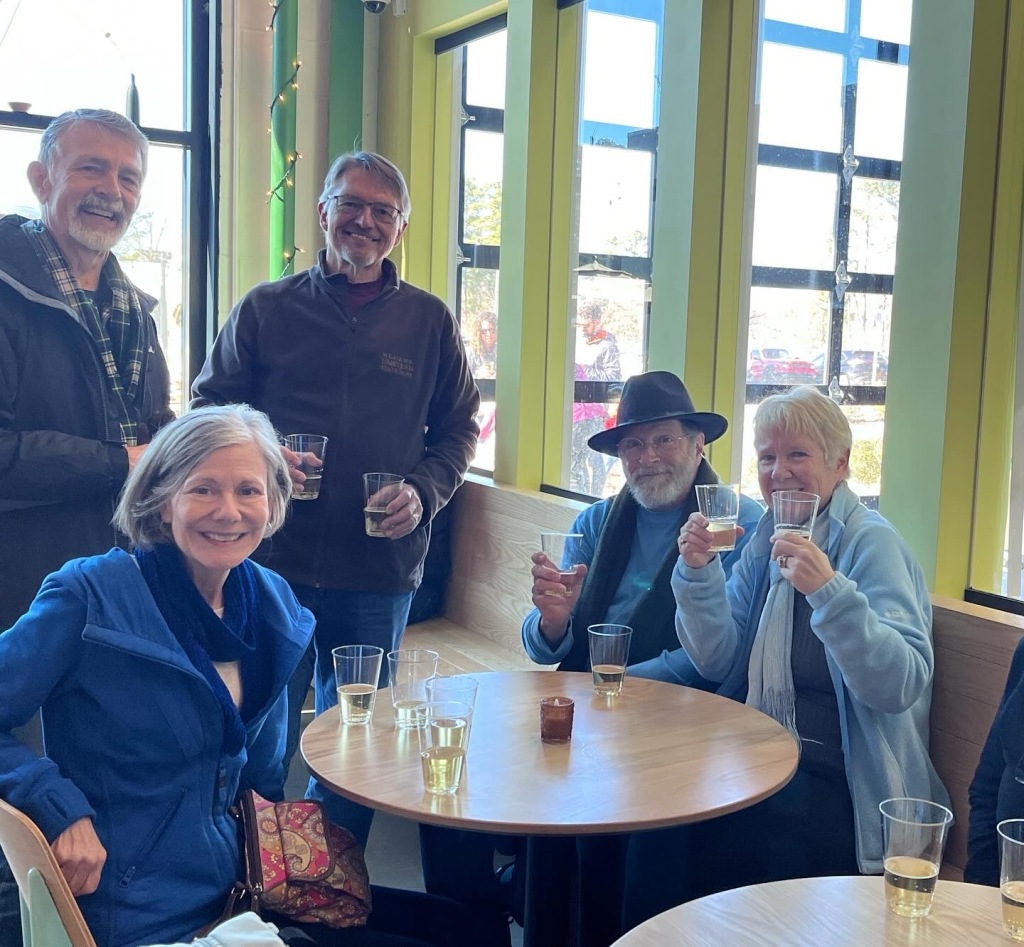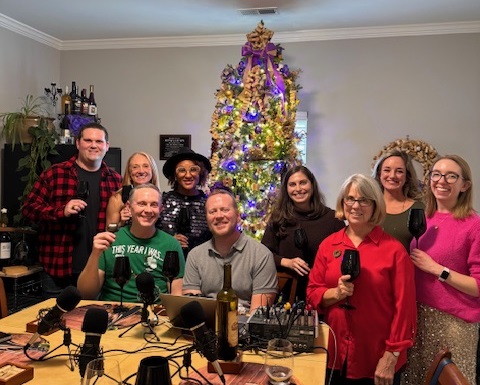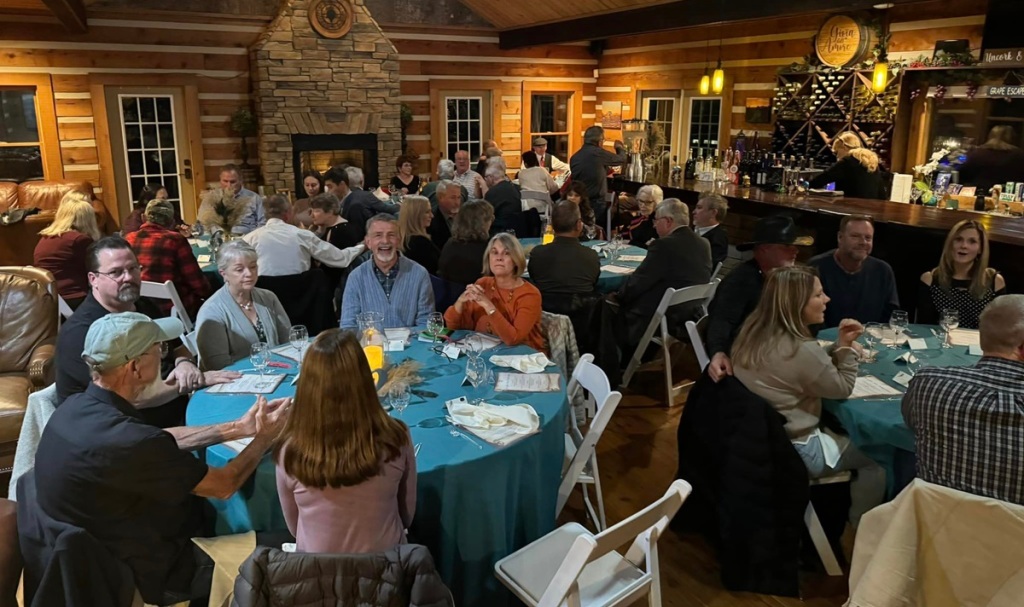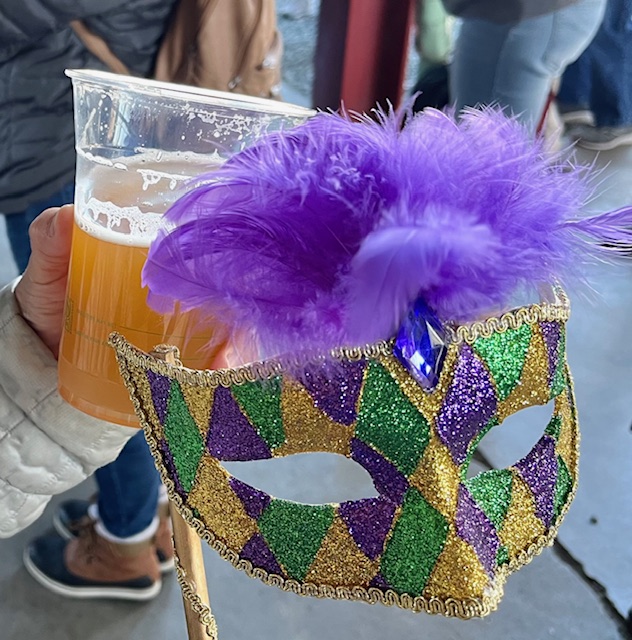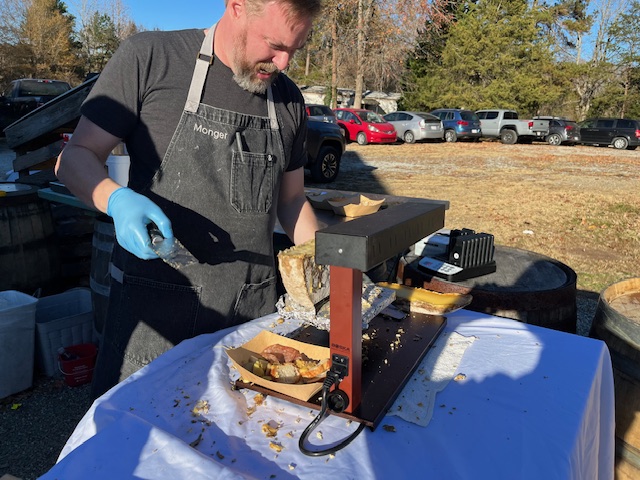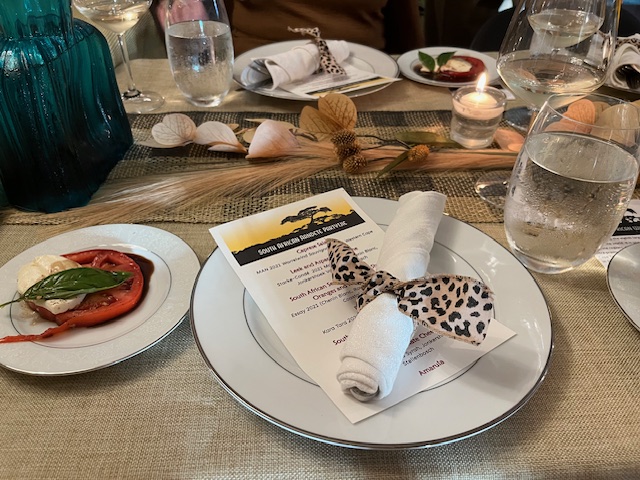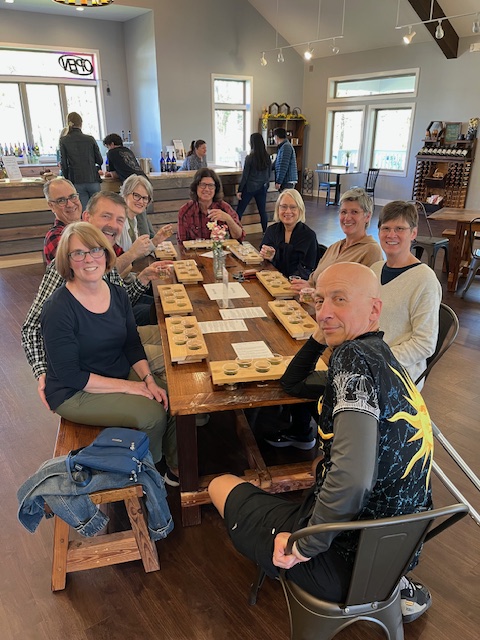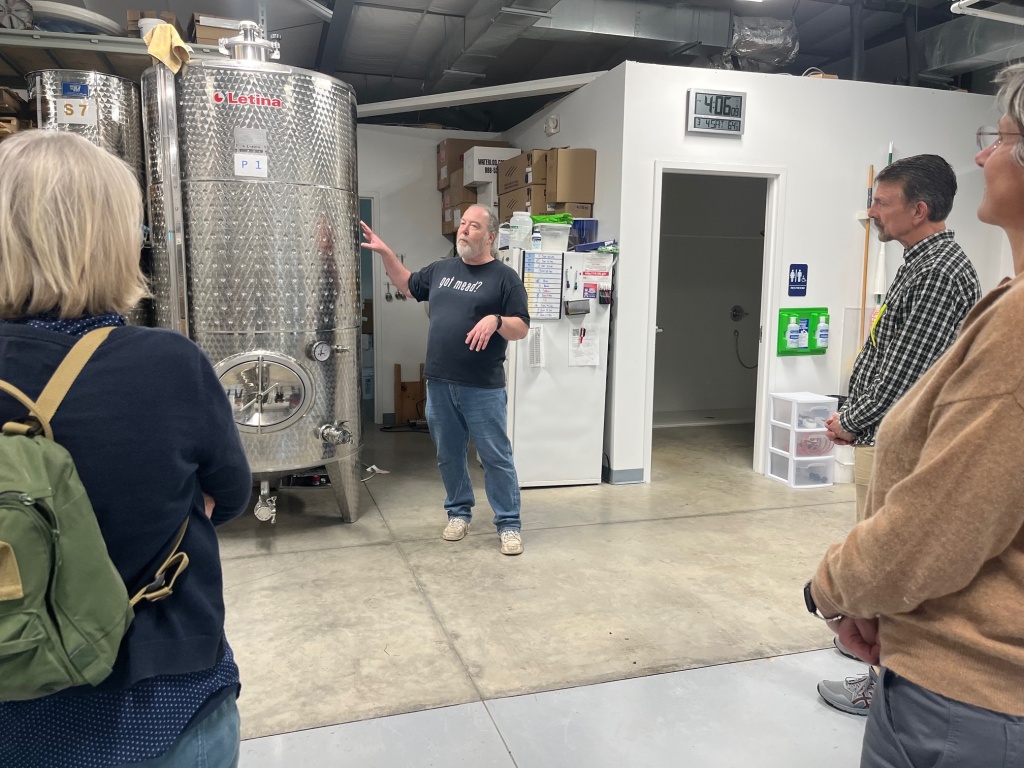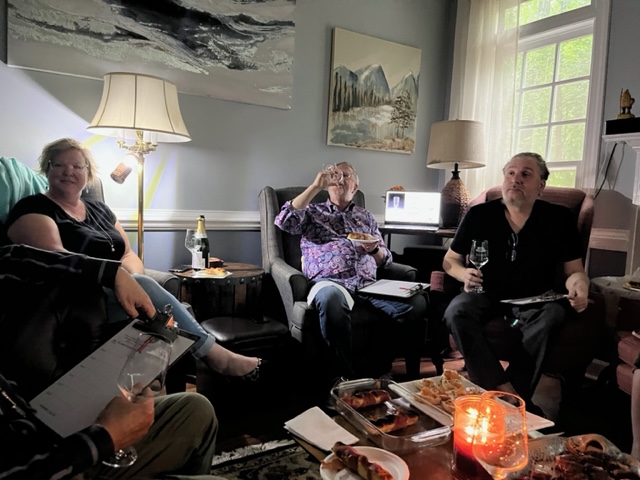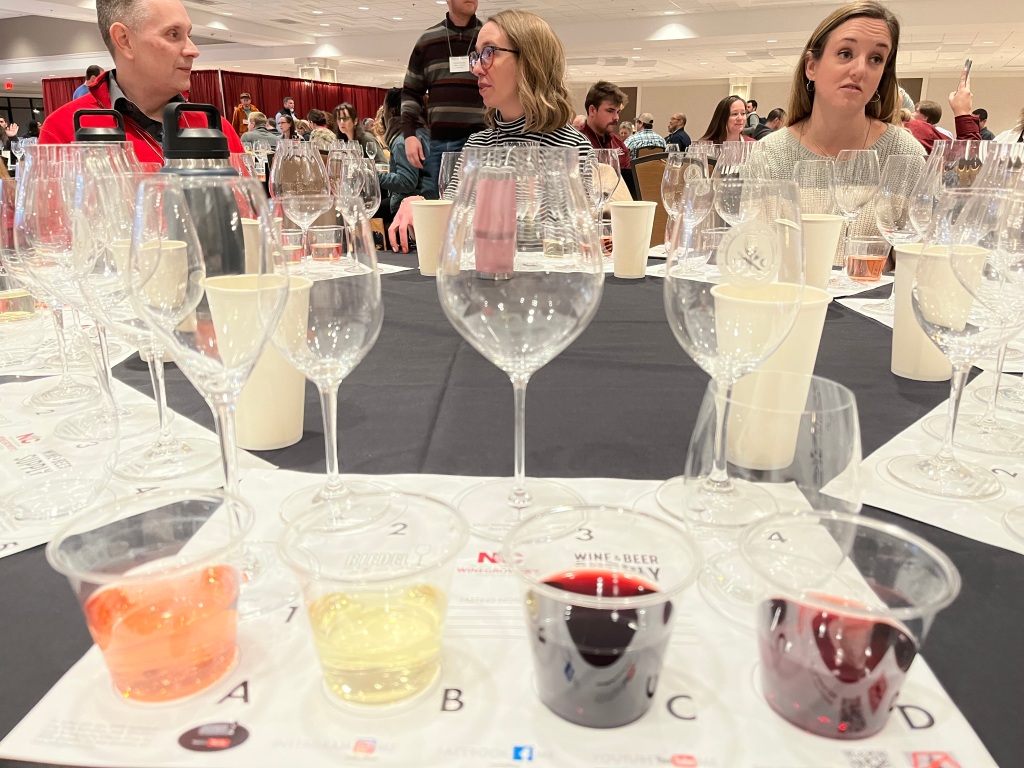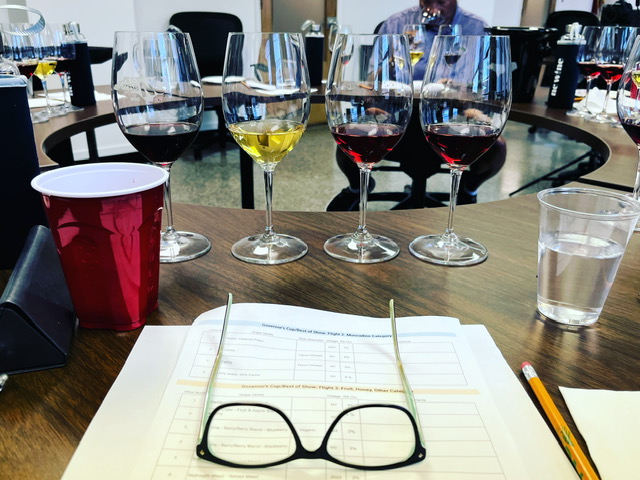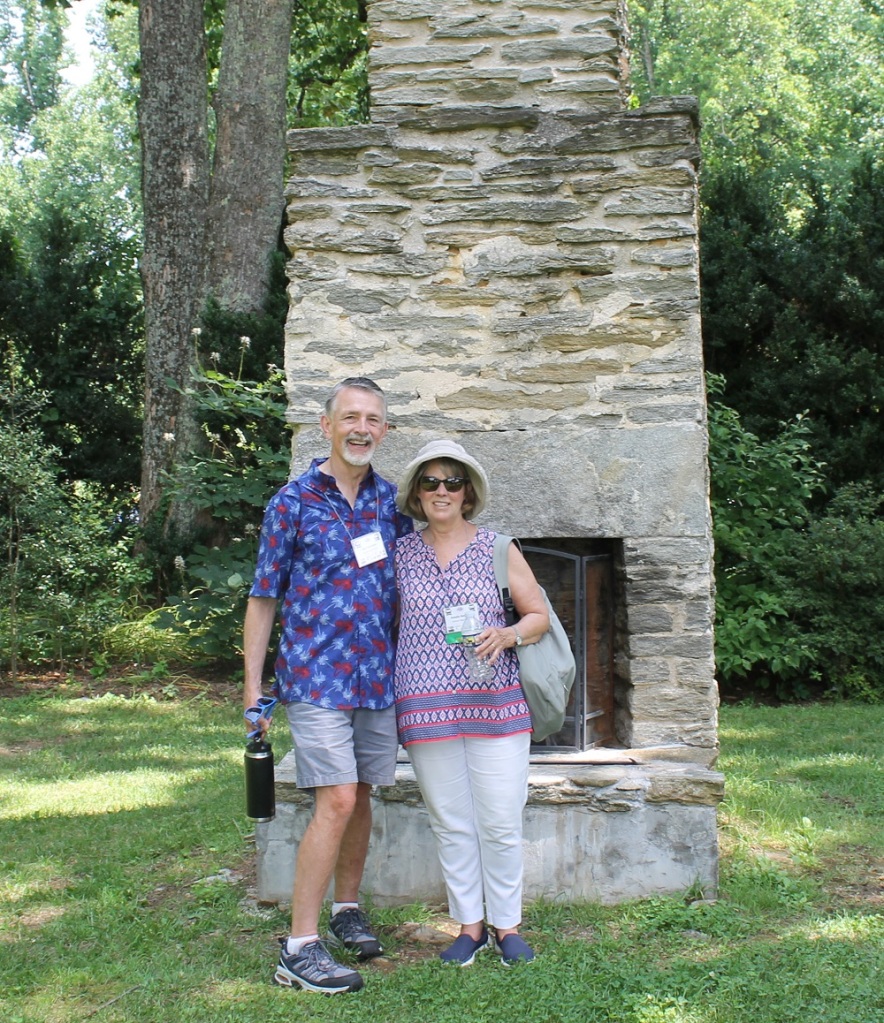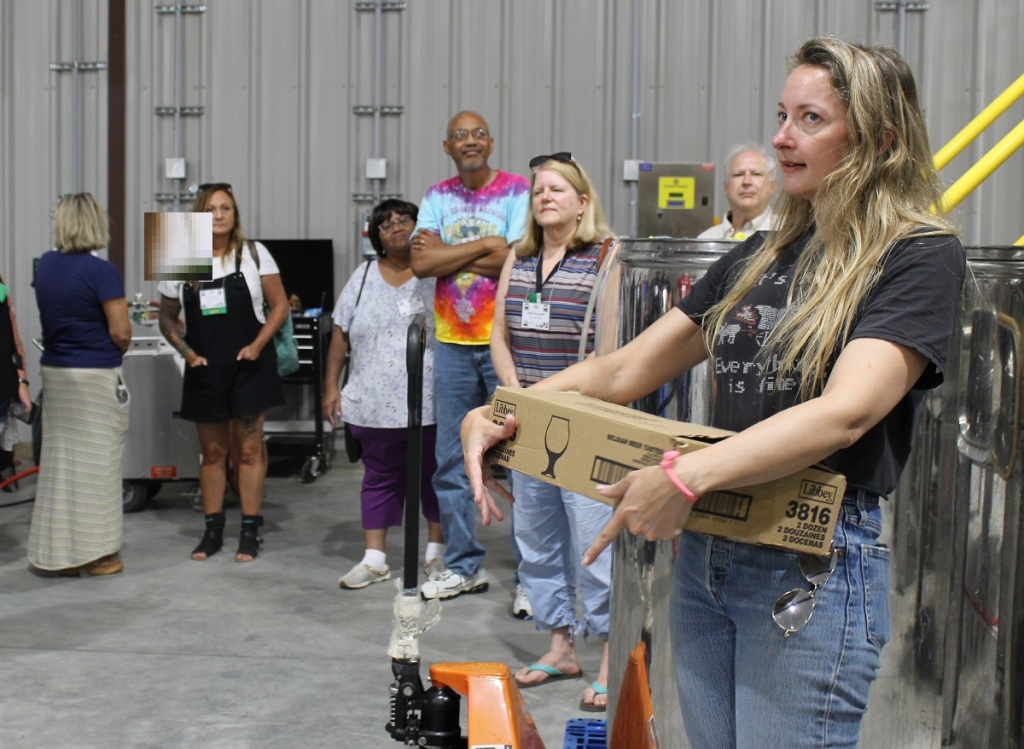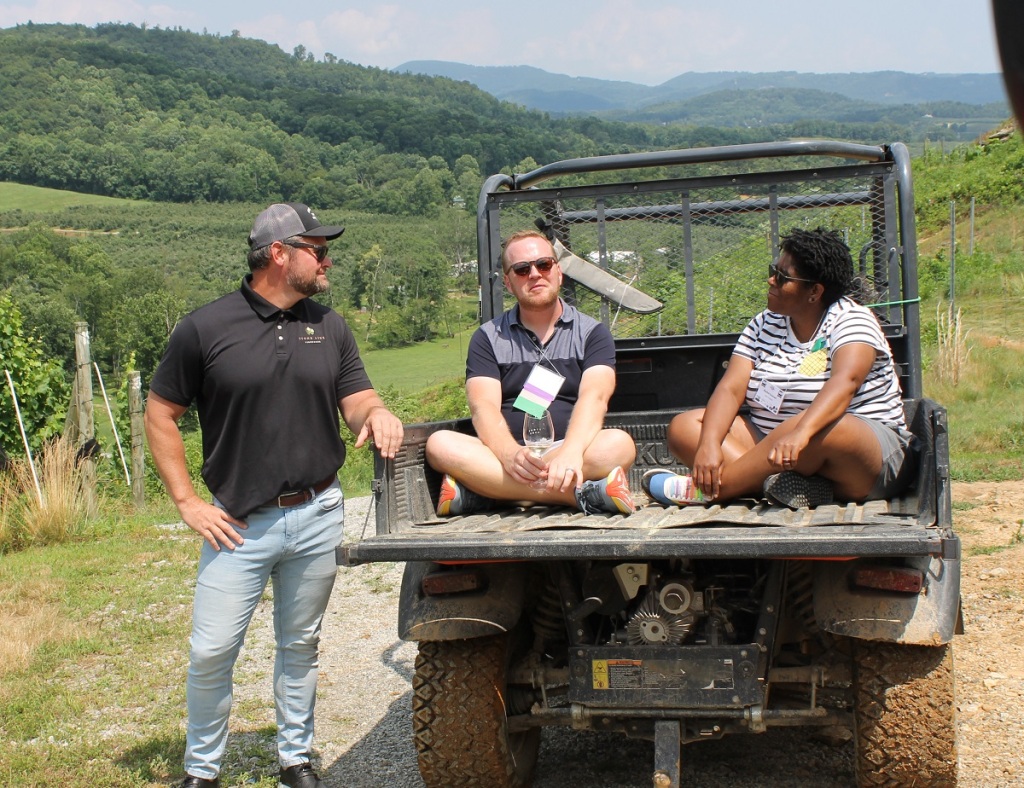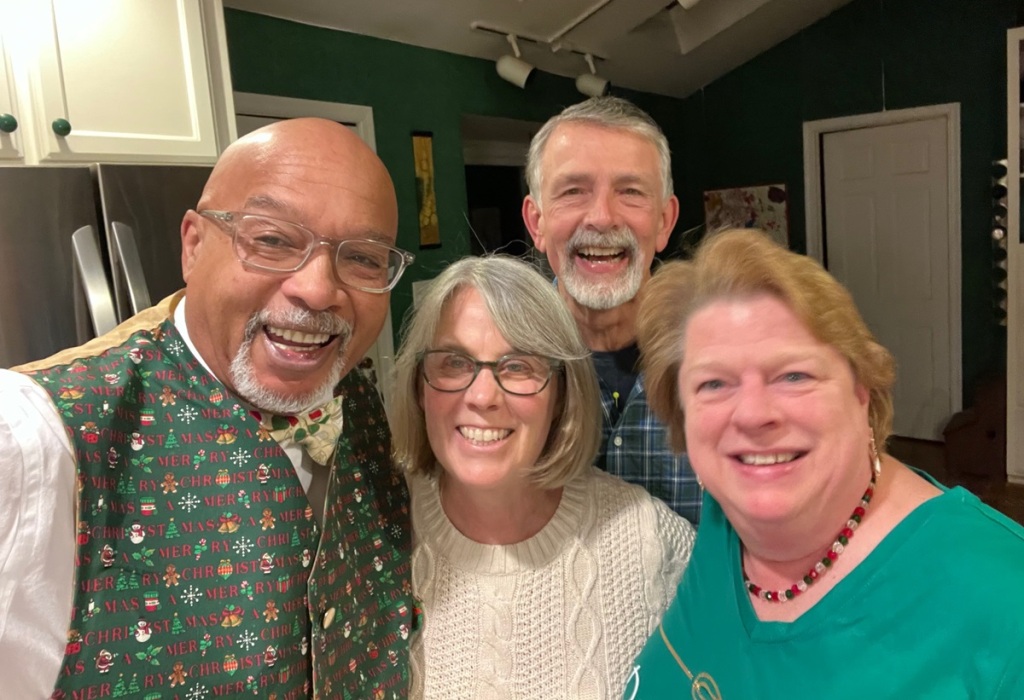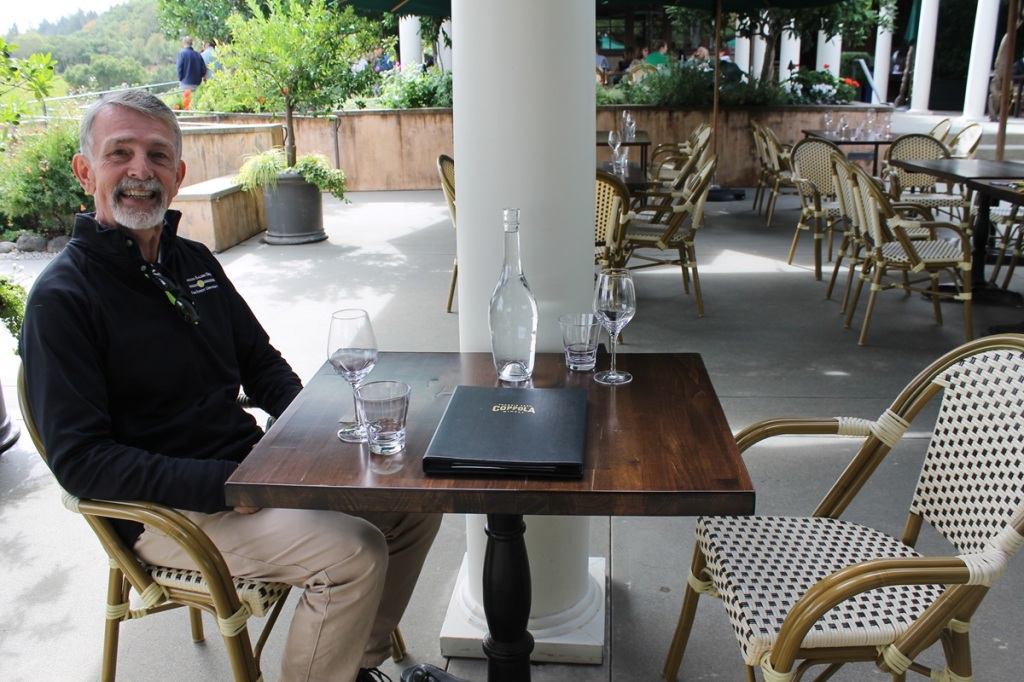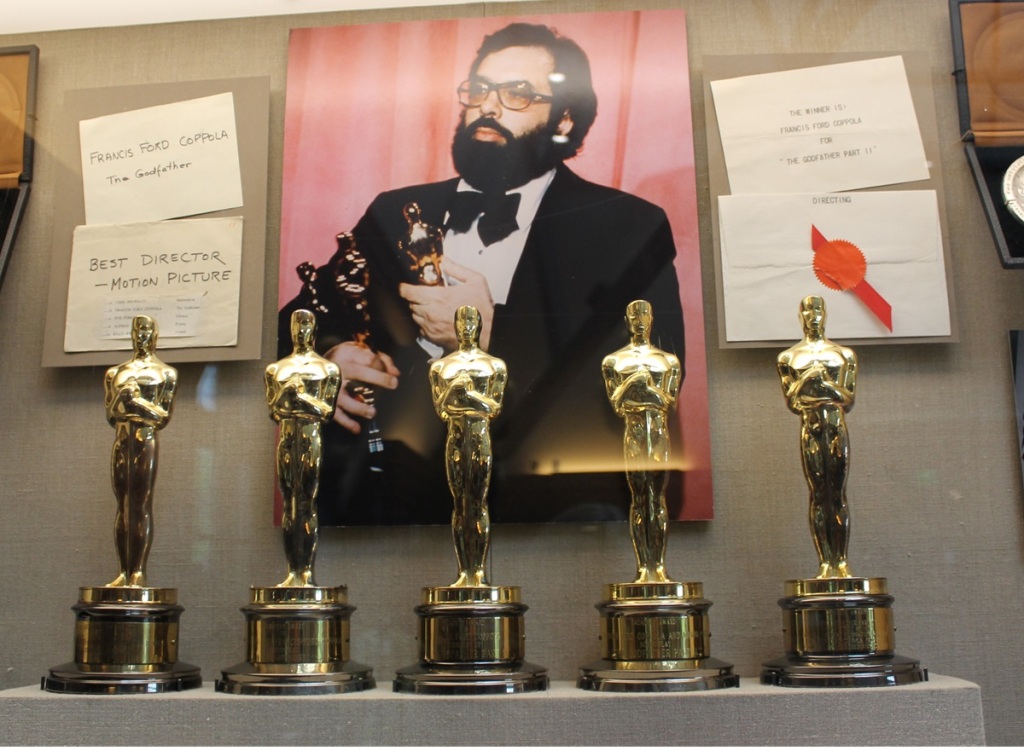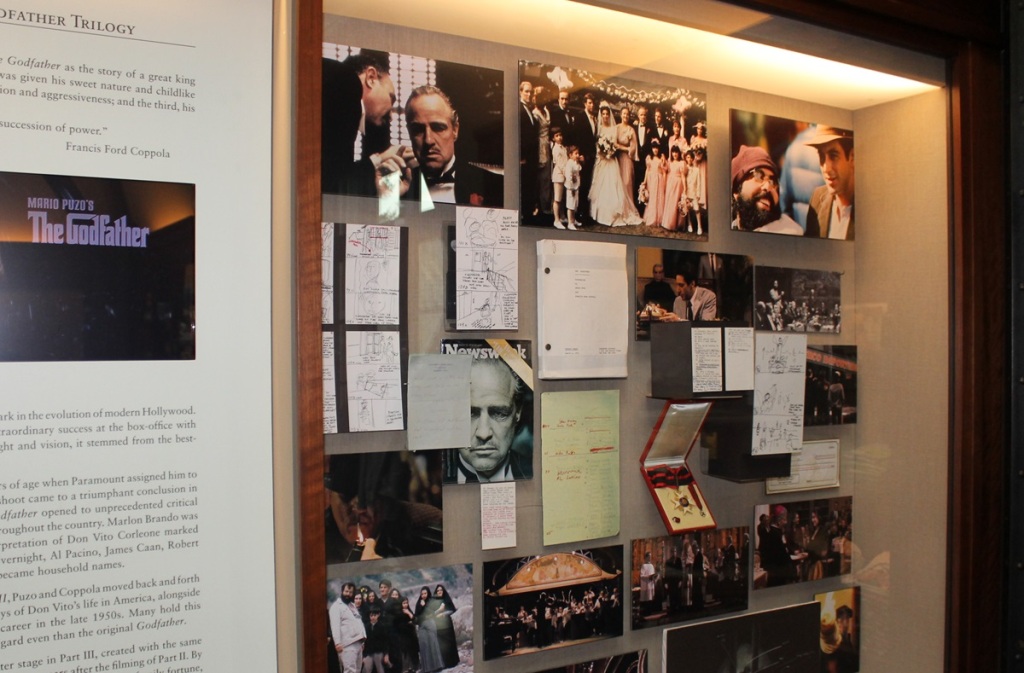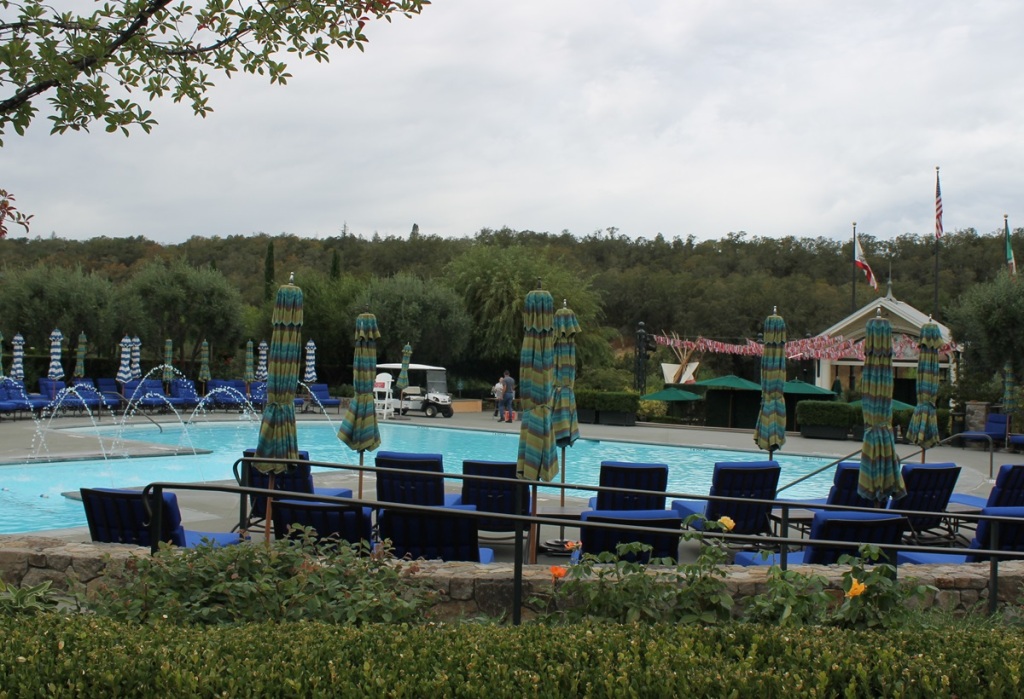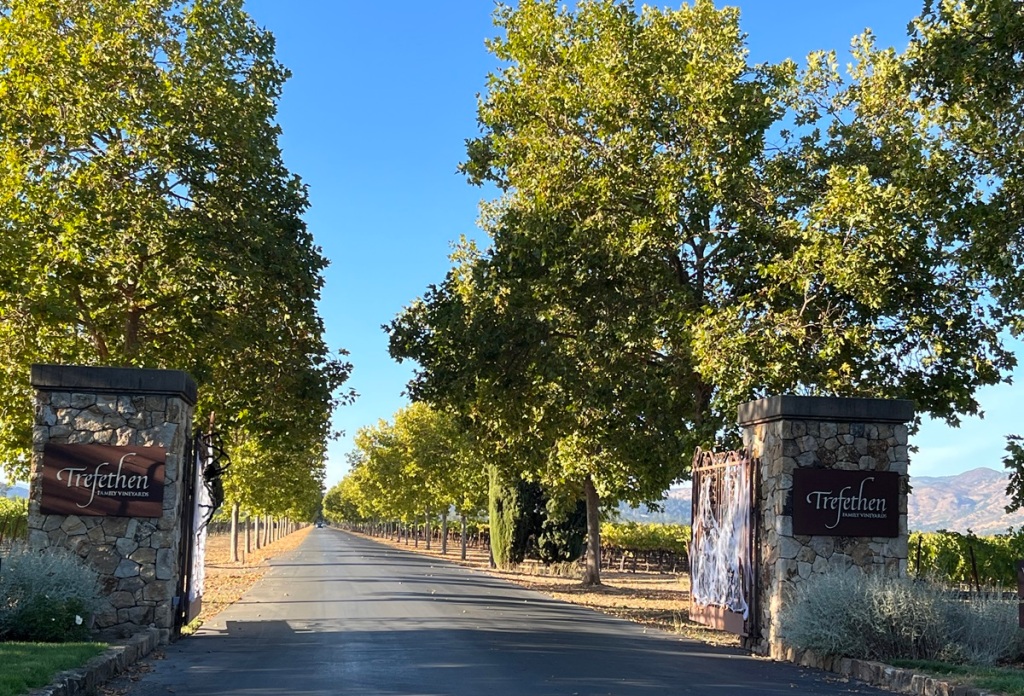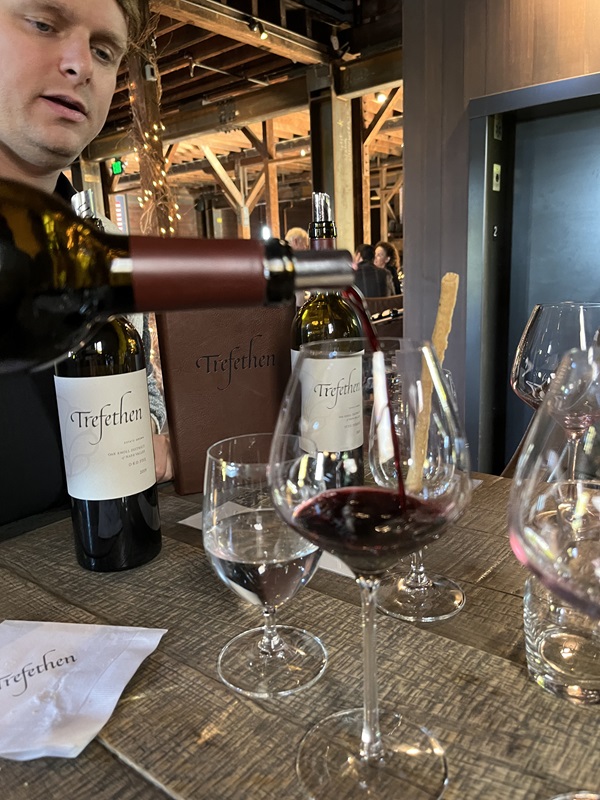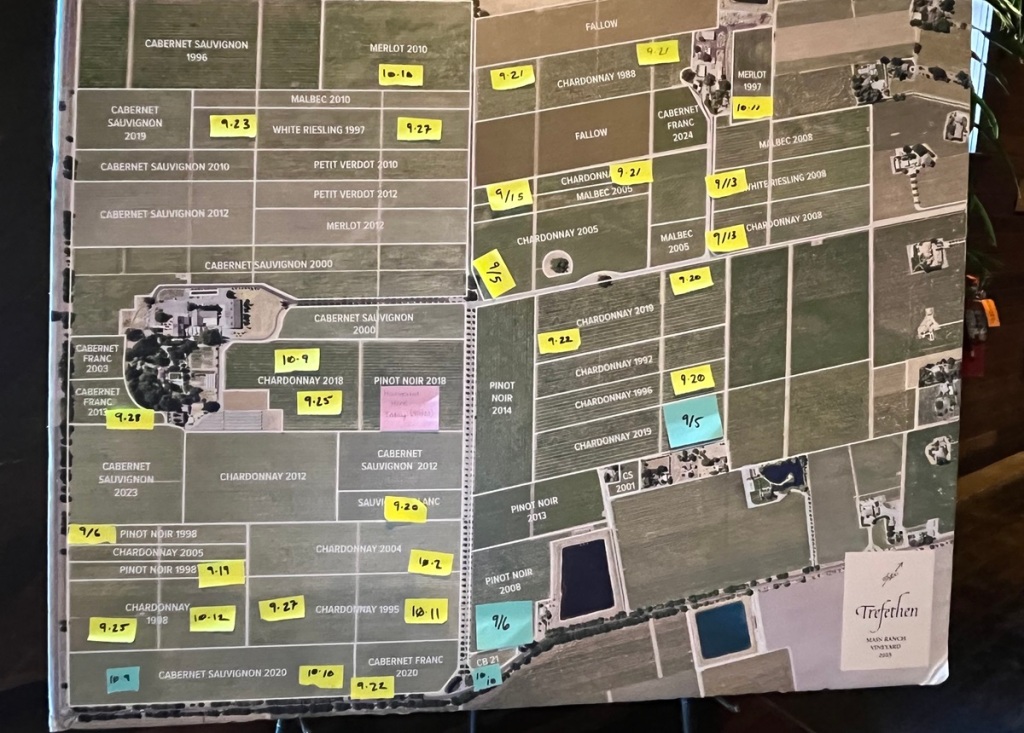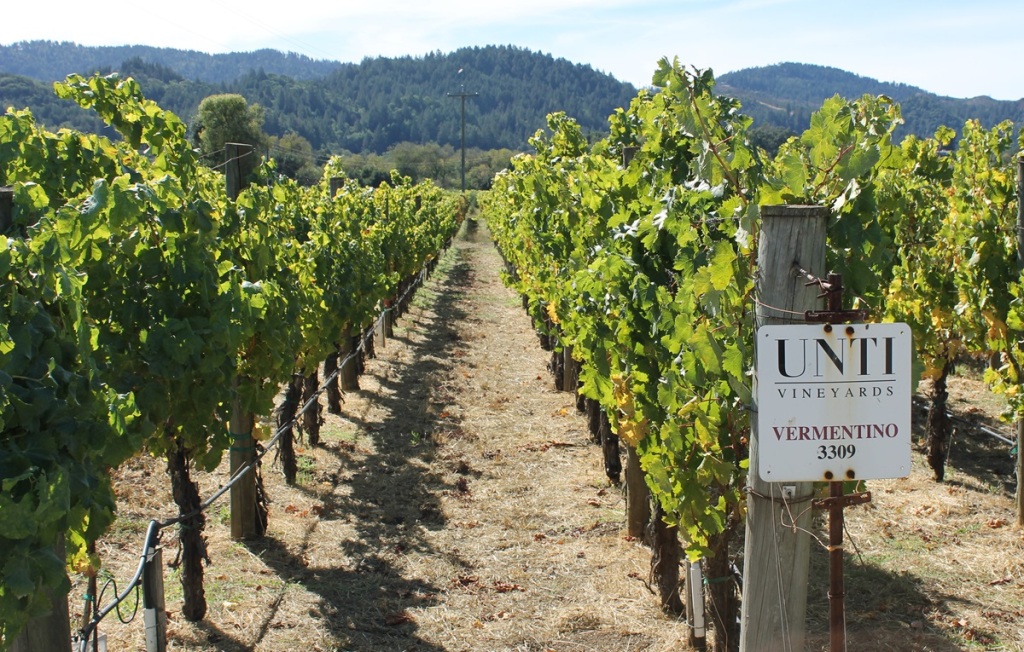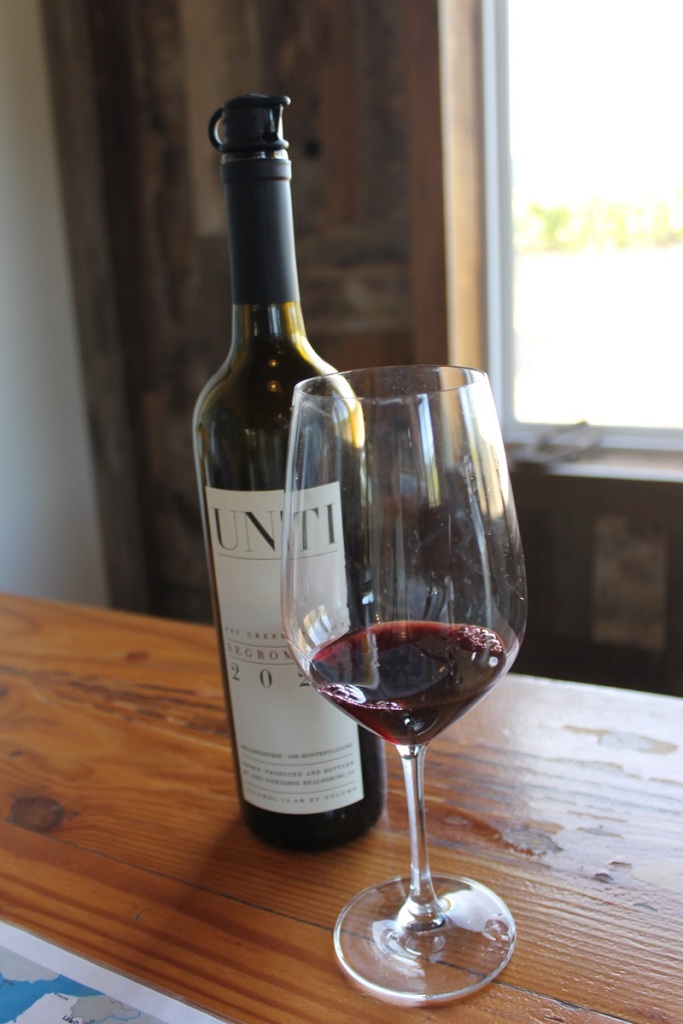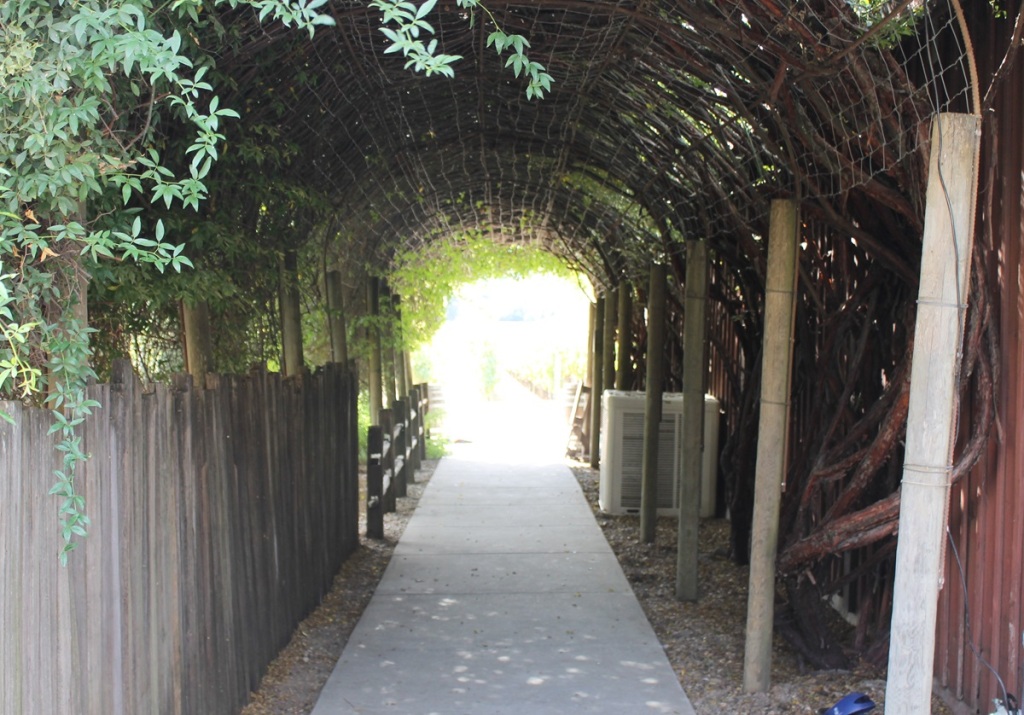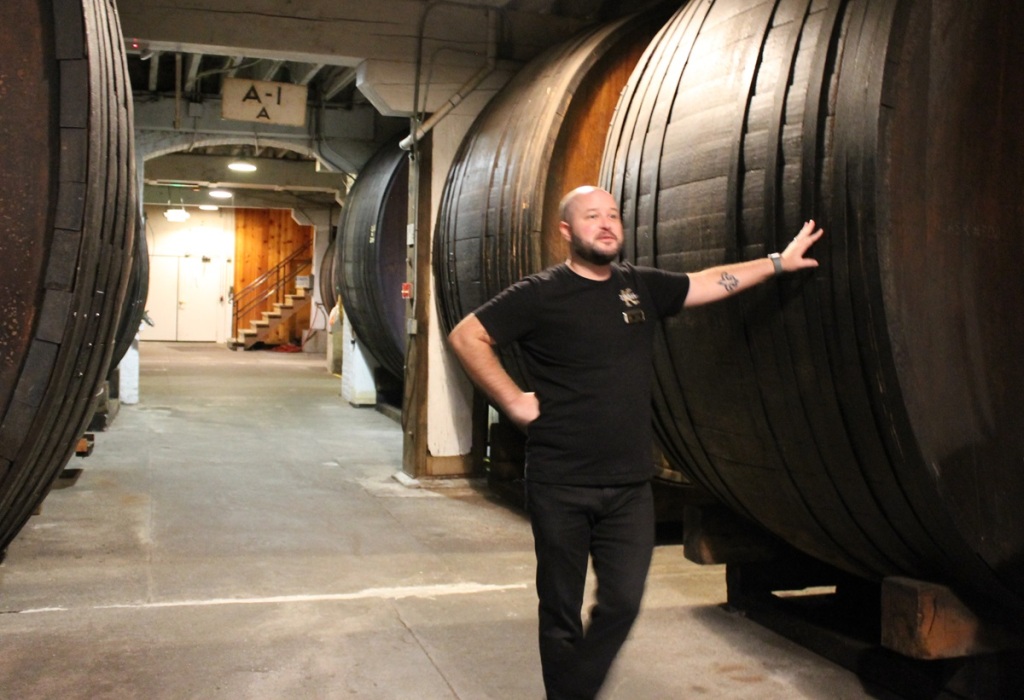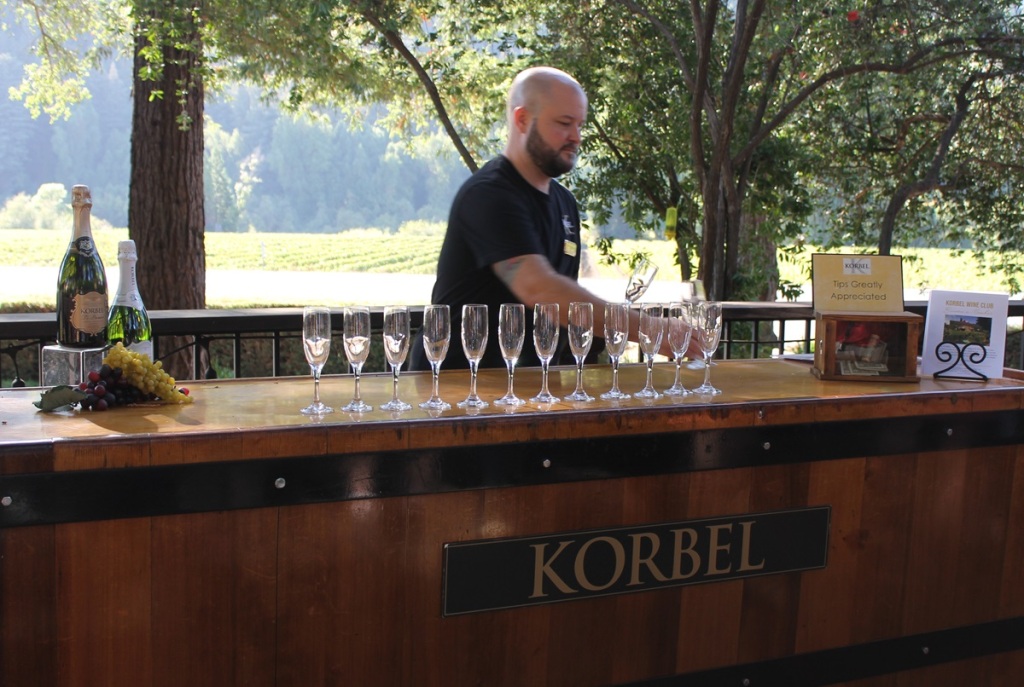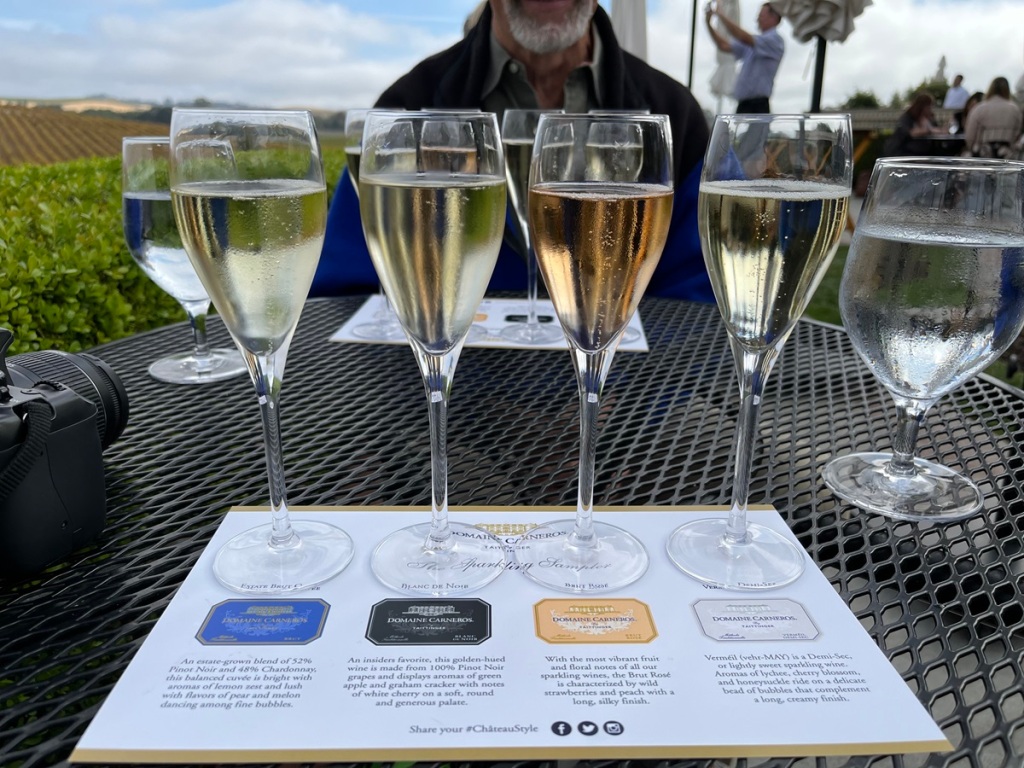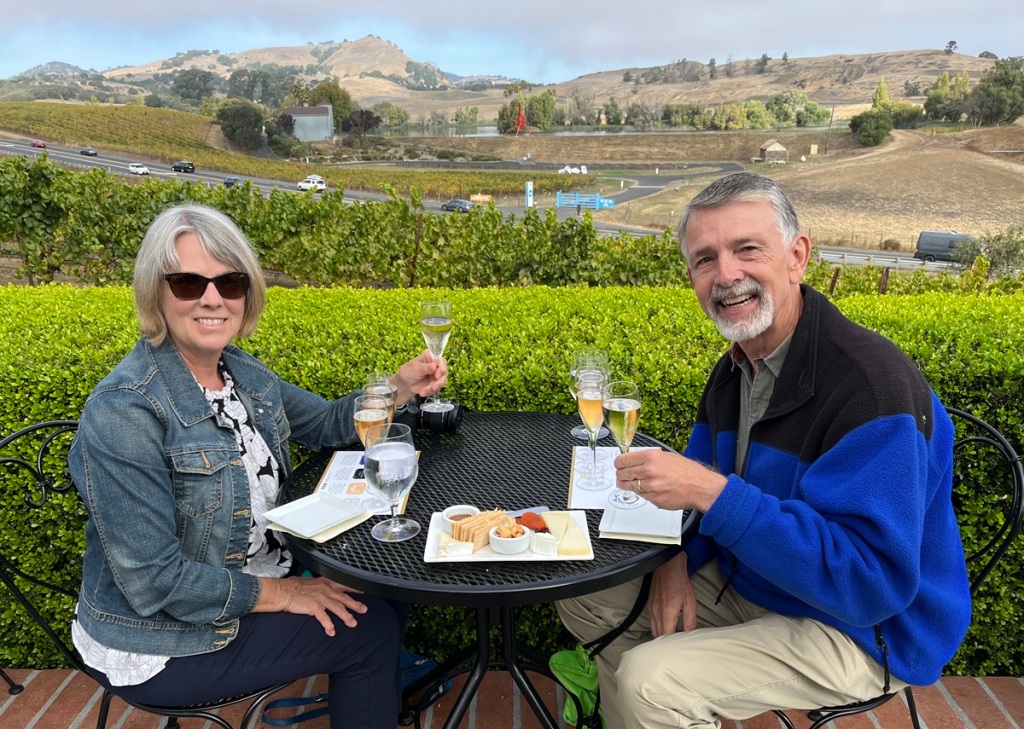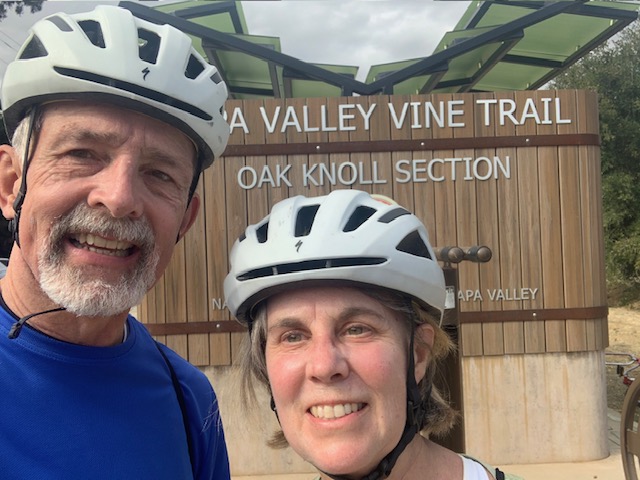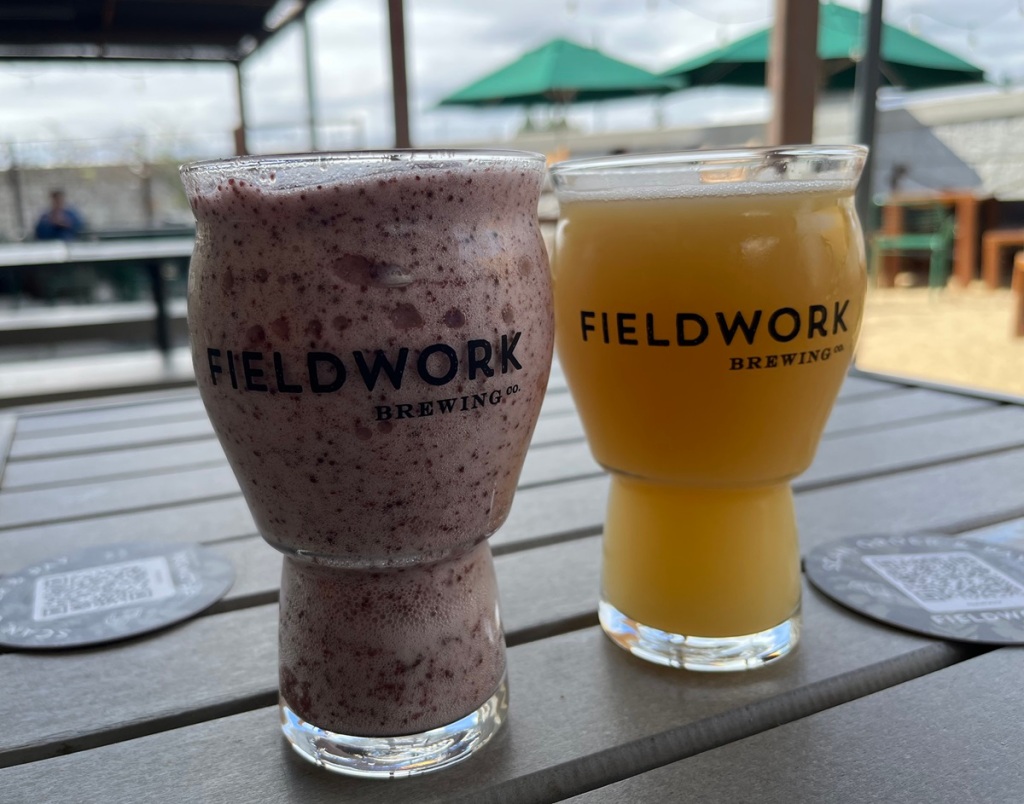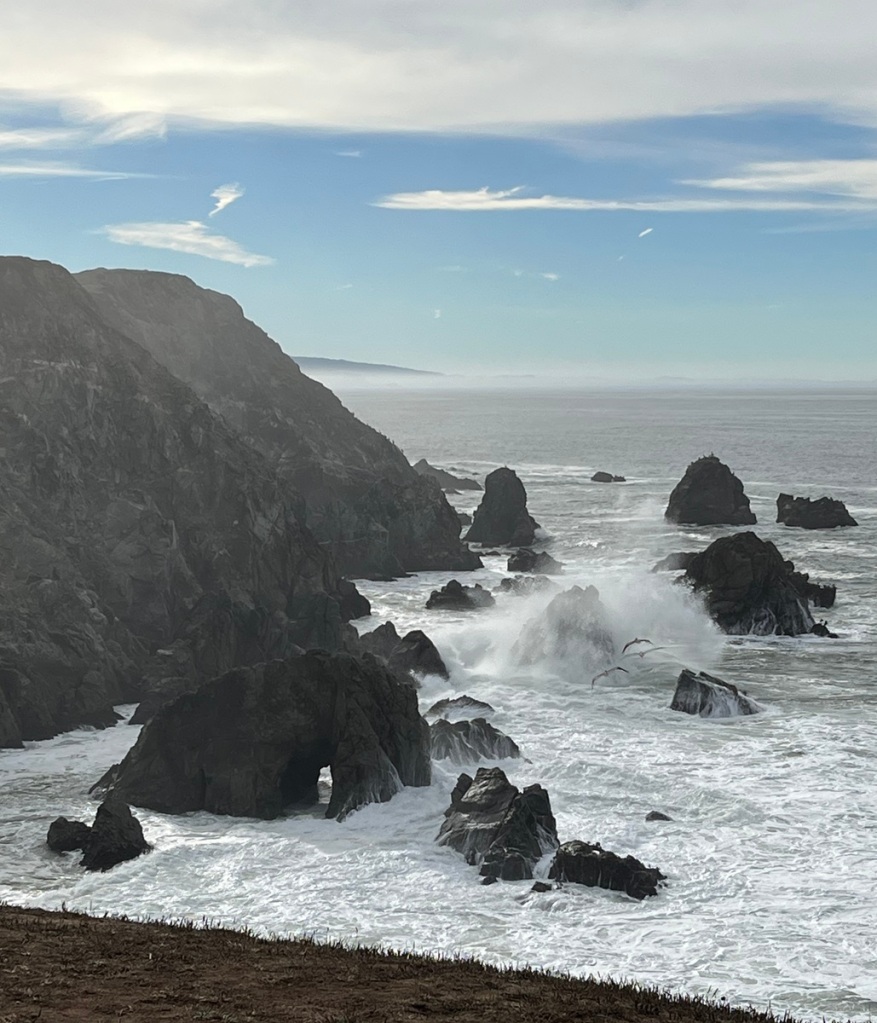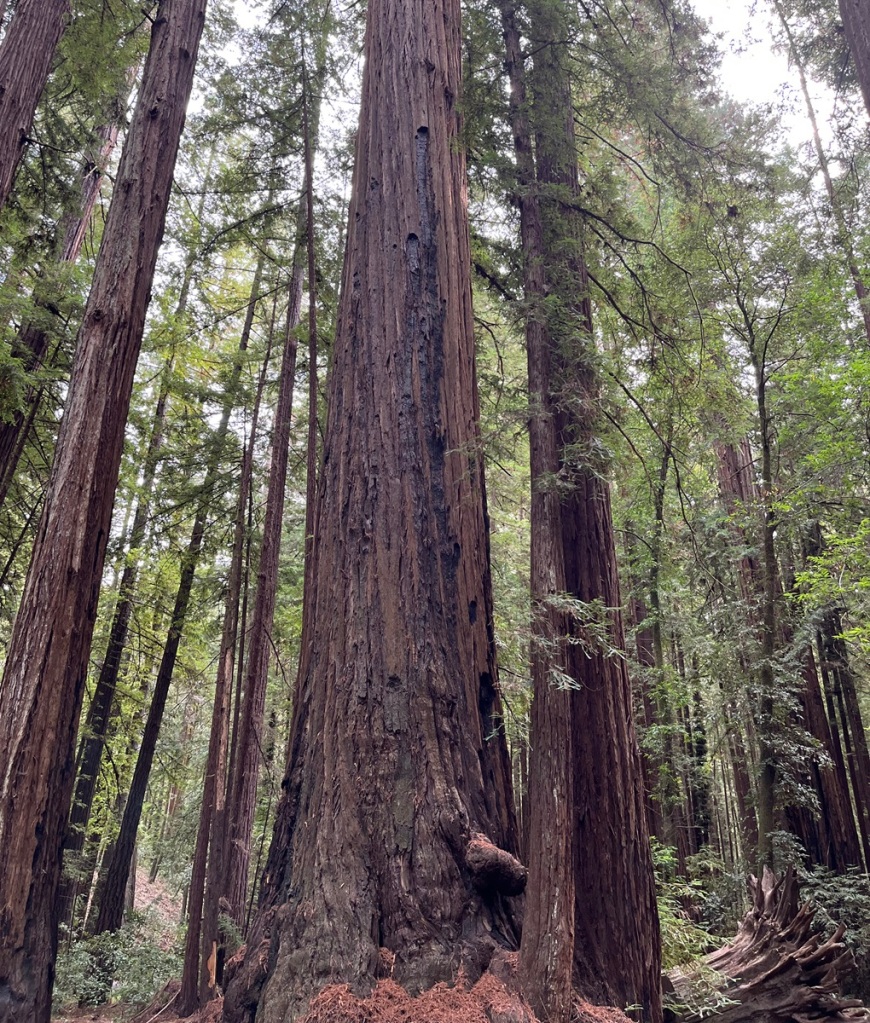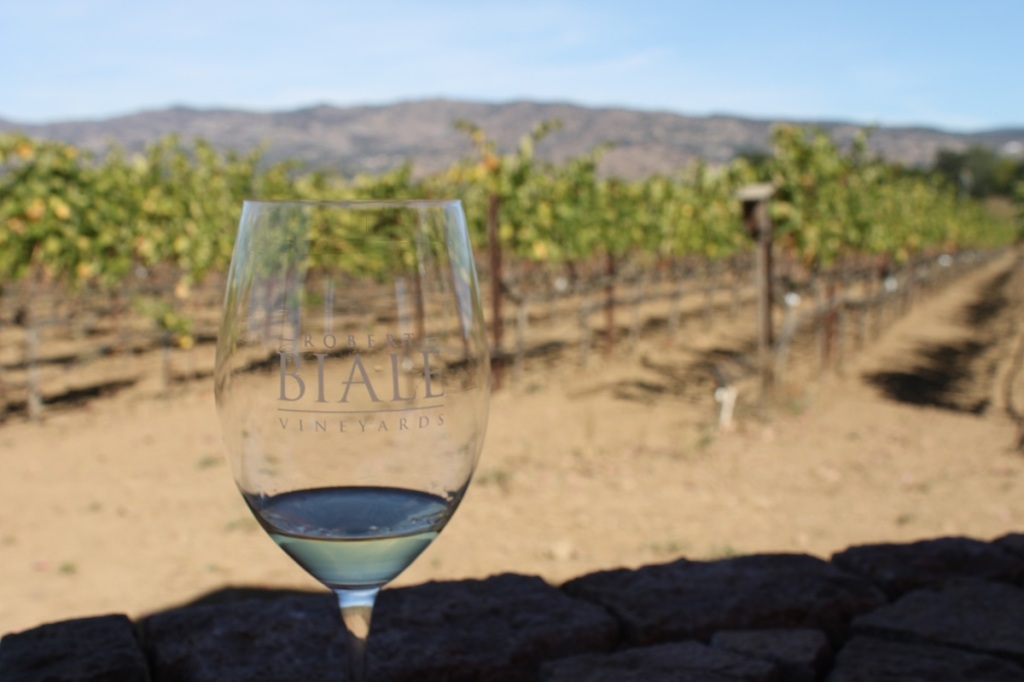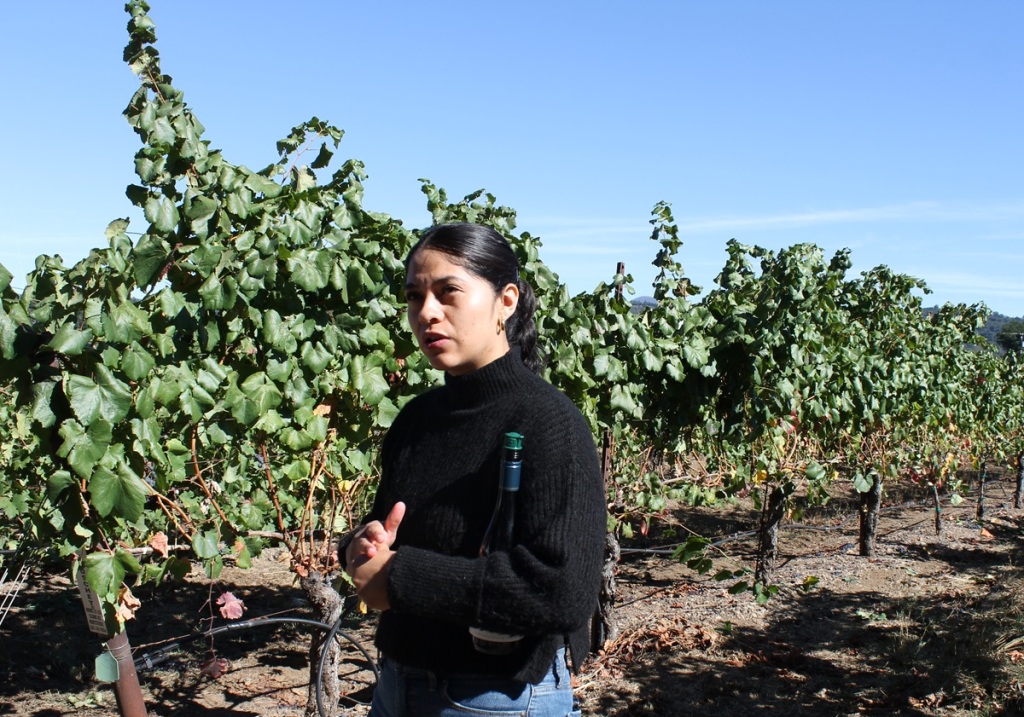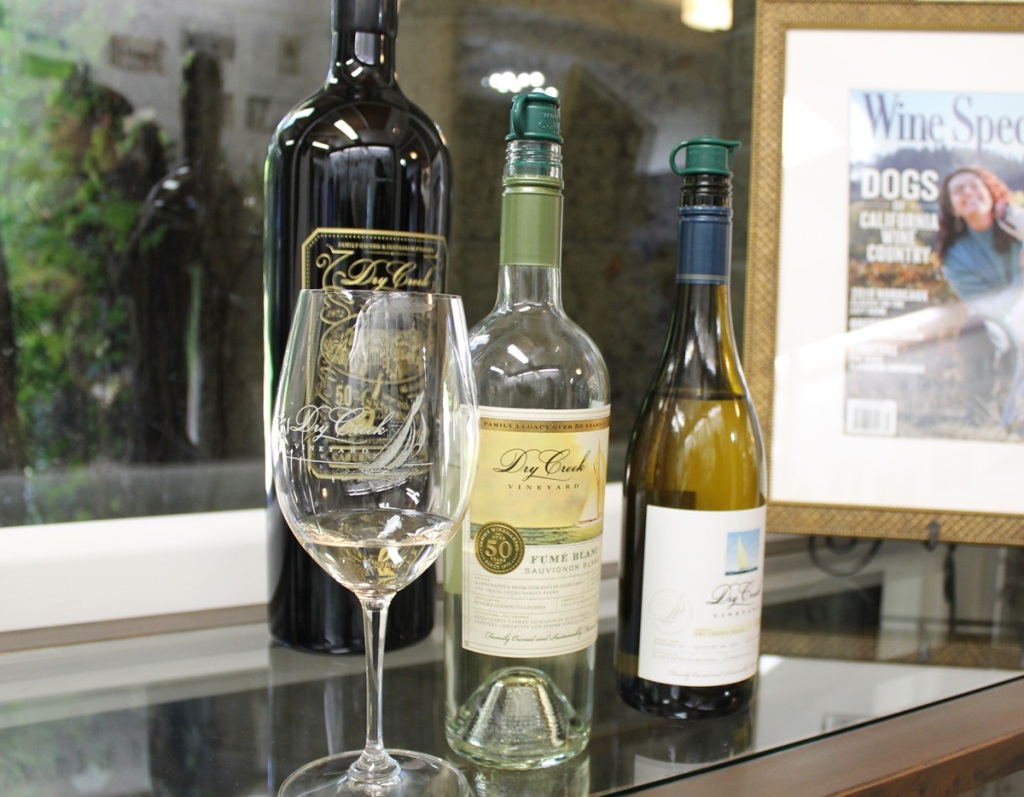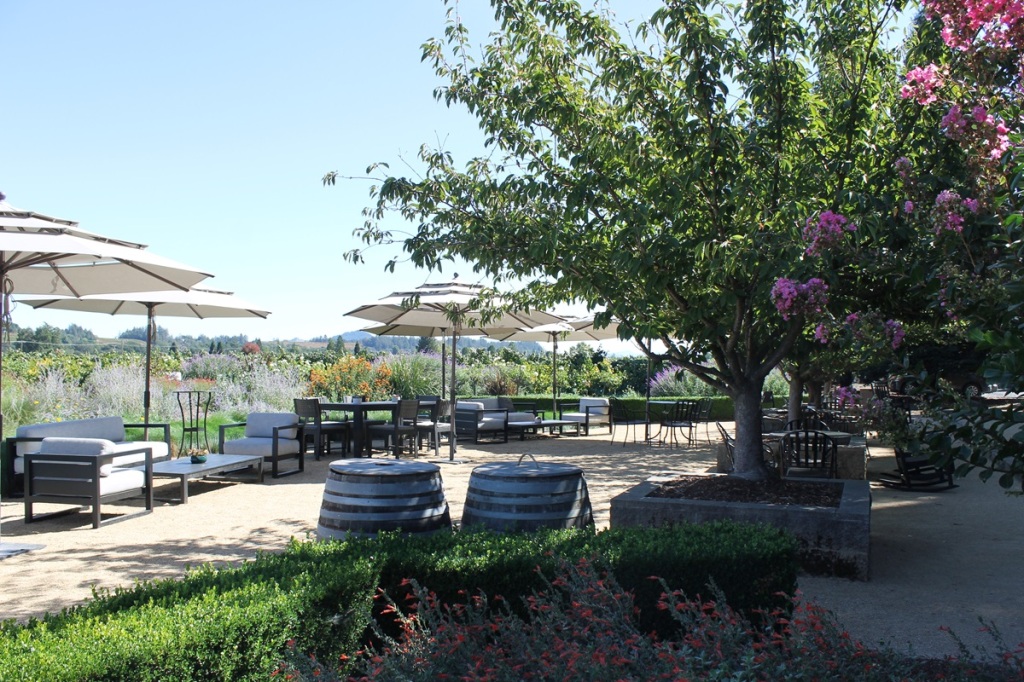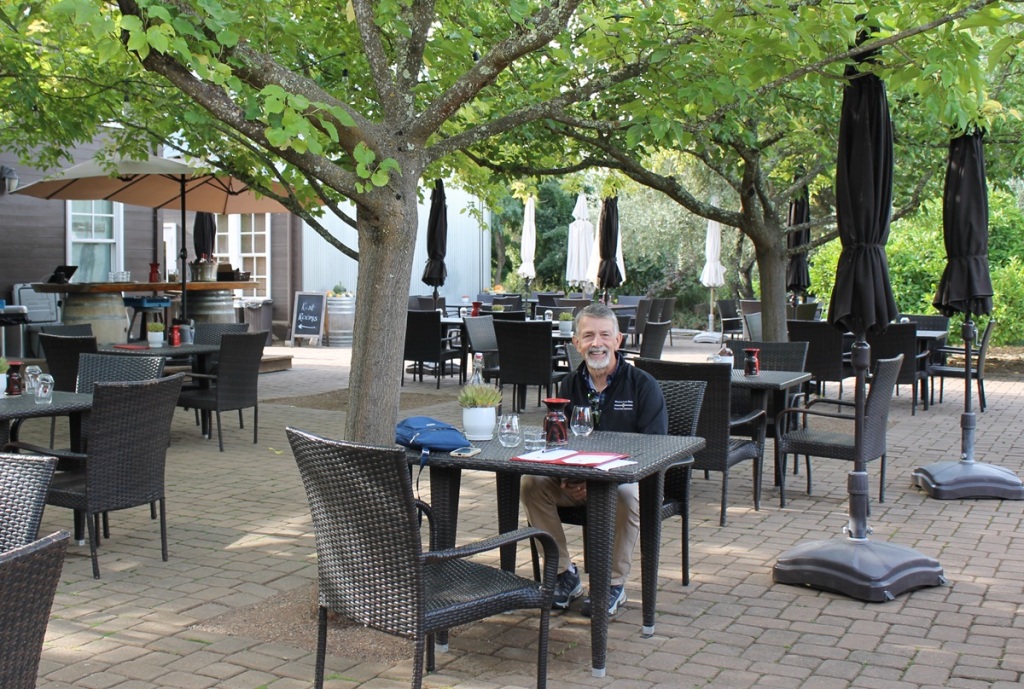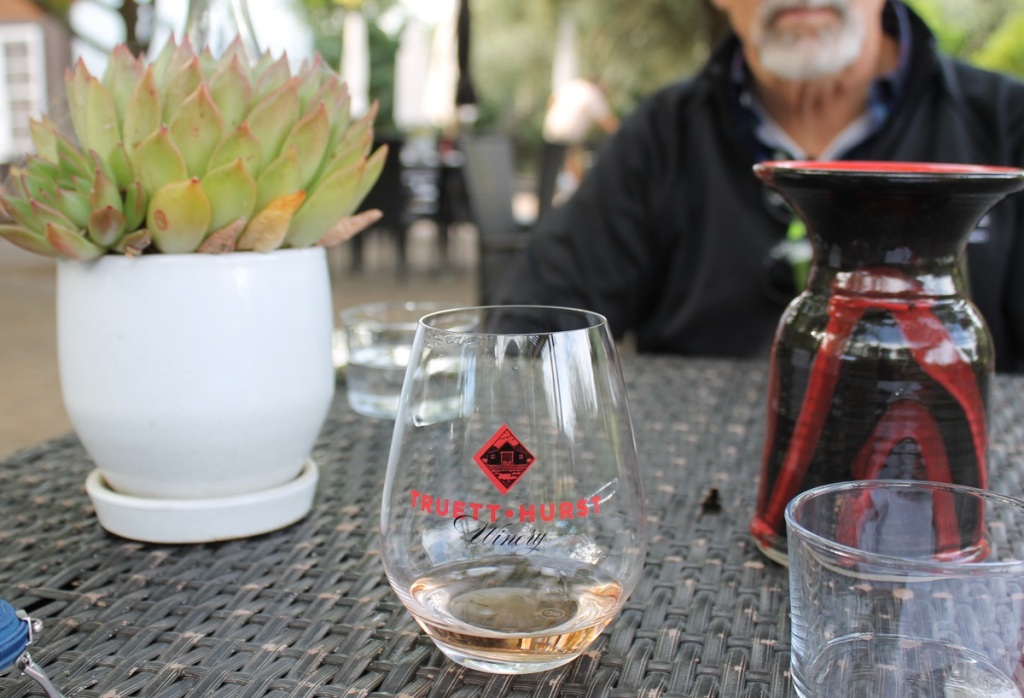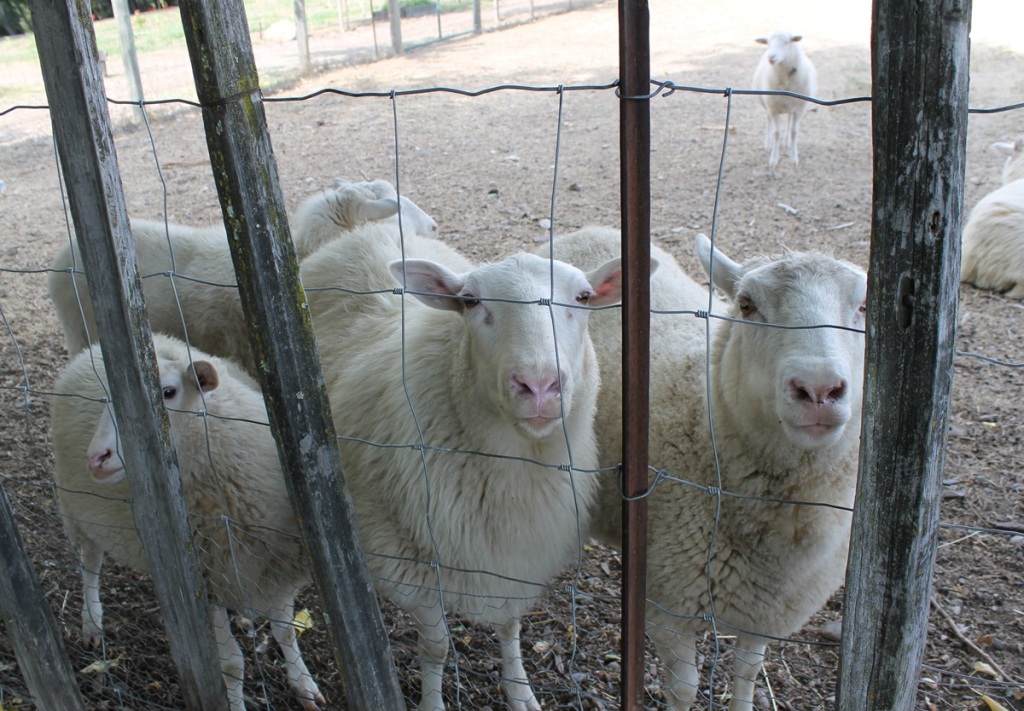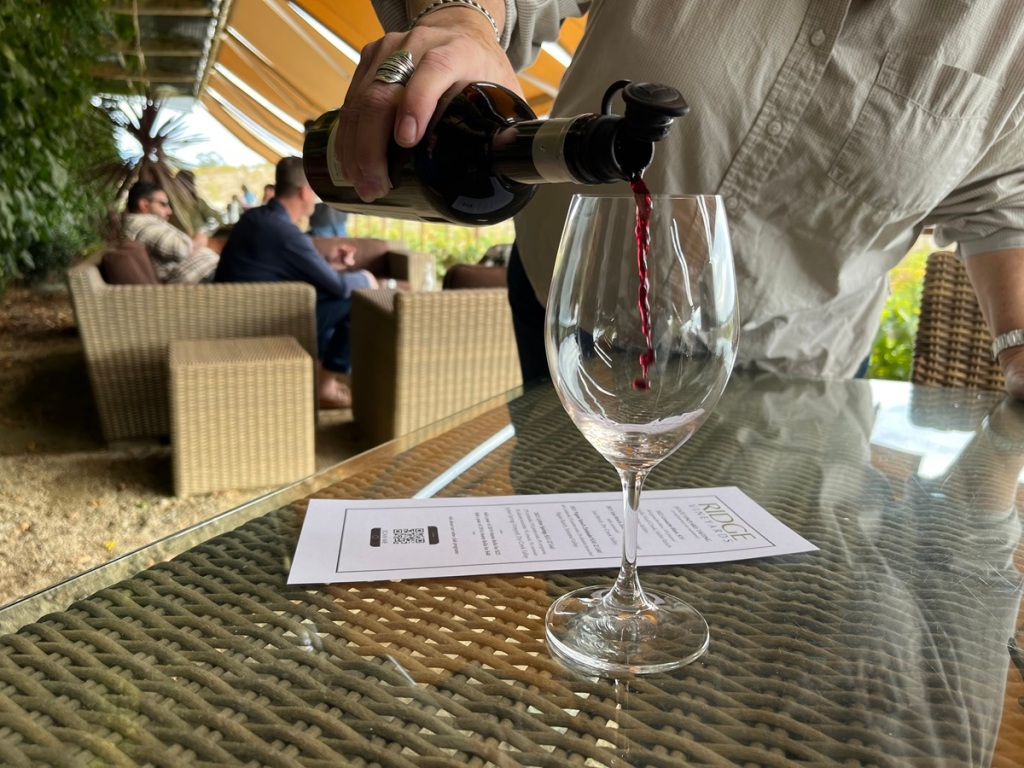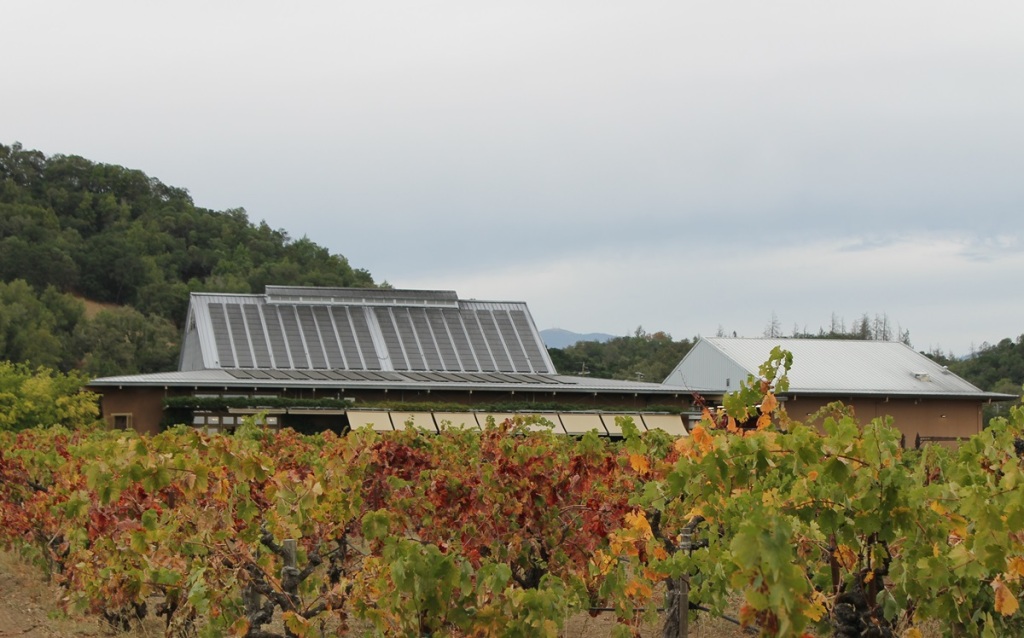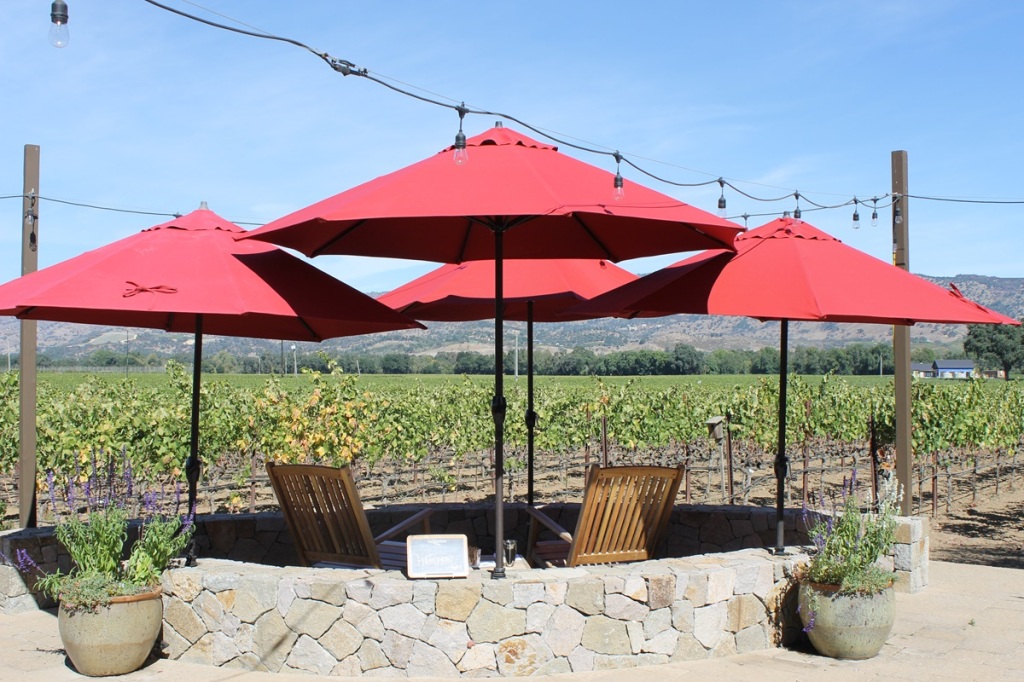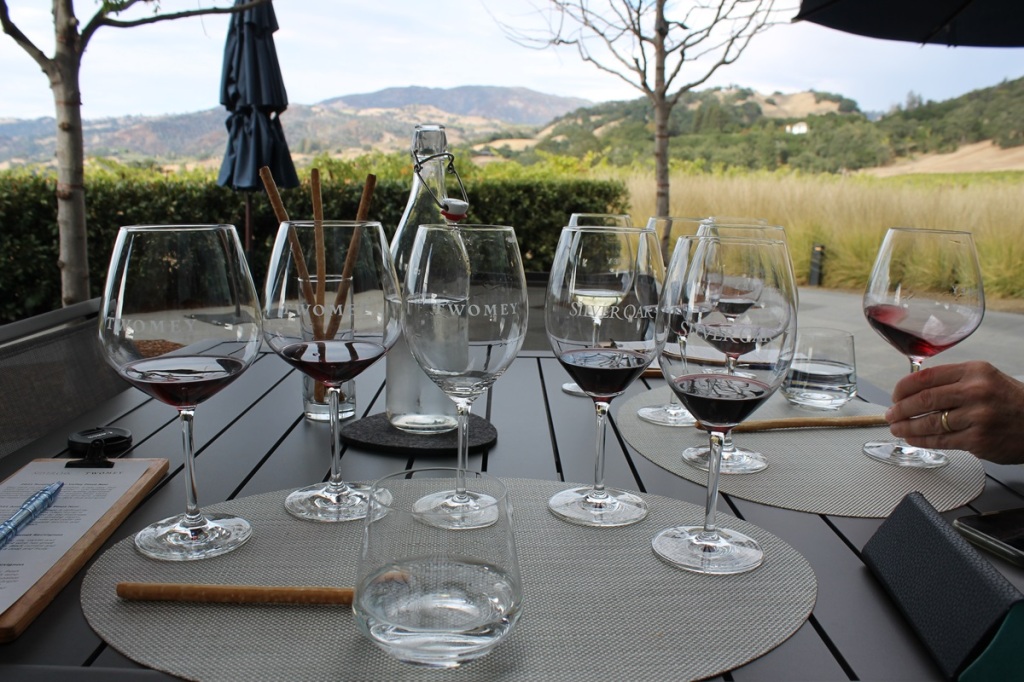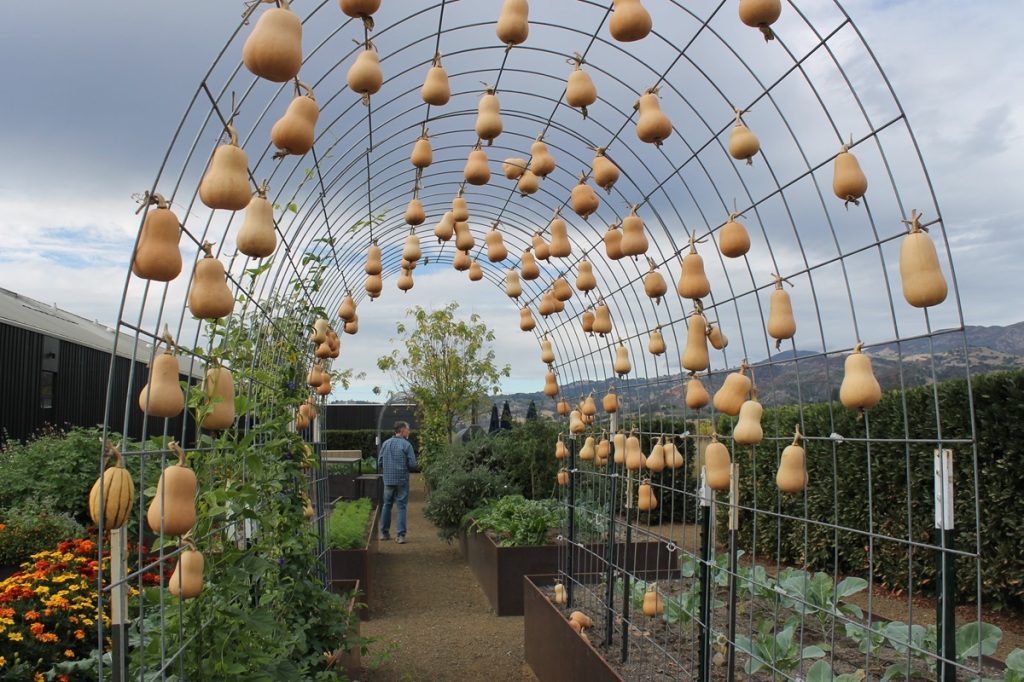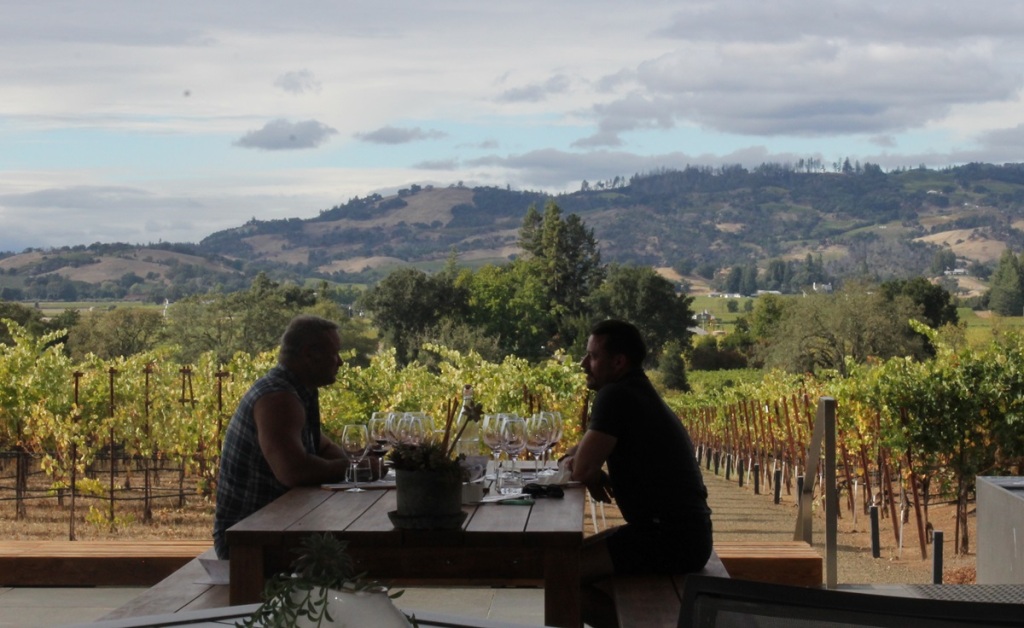Ride along with City Brew Tours

I love to explore breweries in other cities, and a recent trip to Charlotte provided the perfect opportunity. I visited a few breweries on my own and had a chance to visit breweries with City Brew Tours of Charlotte.
I decided to take the City Brew Tours’ Beer and Pizza Tour, which included three beer stops, with pizza at the second stop.
The tours start at the Westin Hotel in downtown Charlotte, convenient to public transportation and other downtown attractions. We loaded the van, and our guide Vinny drove us to our first stop, Armored Cow Brewing, located in a shopping area north of the city. (One of our group members forgot the “no open-toed shoes” rule and had to stop at a nearby clothing store to buy a pair.)
Armored Cow is named for military-issued milk in cans. Vinny taught us the “wet, wet, sip, sip” method for tasting beer, which gives the taste buds time to appreciate all the nuances or a beer. The technique involves wetting your pallet twice with the beer, at one-minute intervals, then taking your first two sips at one-minute intervals.
Armored Cow is known for gluten-free beers, which will excite those who have to avoid most beer due to gluten sensitivity. Whole Lotta Rosie (a tribute to Rosie the Riveter) is a caramel cream coffee blonde ale, gluten-free, with a sweetness to it.
We toured the production facility, where we learned the ins and outs of beer production, from the mash tun to the brew kettle to the fermenter. Next, we tasted Sleepless in Seattle, an imperial Tiramisu stout with a great flavor. We wrapped up the tastings with Crushin’ It, an orange creamsicle seltzer that is also gluten free, which turned out to be a favorite of our group, with its crisp, orange taste.
Next, we took a long drive to the Southend of Charlotte, where we visited two more breweries. The first was Protagonist, where we ordered a pint with our pizza. The pizza – a meat lovers and veggie for us – paired well with the Julia sour (orange zest and rosemary). We left not one slice of the two large pizzas we ordered, along with harambe bread, an Italian pull-apart bread with cheese and pepperoni.


Our final stop before returning to the hotel was Lower Left Brewing, also in the Southend area. Just ahead of a rainstorm, we tasted Juicy McJuiceface, a hazy New England IPA; Six-Hour Tour, an imperial coconut blonde ale; Tech Noir porter and Bravetart strawberry shortcake sour.
I really liked the tour’s strategy of offering everyone tastes from a small pitcher of beer. That way, you didn’t feel pressure to consume something you didn’t like or sample more than you really wanted. With each pour, there seemed to be enough beer left over for those who really wanted more.

Vinny was a fun guide and offered interesting information about all the breweries we visited. I thought his “wet, wet, sip, sip” method of beer tasting was very helpful in allowing us to see how our perception of a beer changed. City Brew Tours is a franchise, so look for other tours in cities around the country.
Three more Charlotte brewery recommendations:
Legion Brewing near Charlotte’s South Park Mall is a lively, fun place to eat and drink, inside and out. Their food and beer menus are both outstanding. You can visit them in three other Charlotte locations as well. 5610 Carnegie Blvd., Charlotte, NC 28209
Suffolk Punch, South Park: During warmer weather, you’ll find most guests to this brewery location enjoying the outside seating, and quasi-outdoor seating, with large doors open to catch the breeze. They have a nice beer selection, and a food menu that includes some things you don’t always find on a brewpub menu, including a Korean barbecue bowl. 4400 Sharon Road, Unit G23D, Charlotte, NC 28211

Sycamore Brewing and Beer Garden, Southend is a new, really large location, with food, beer and a coffee bar. The location sits next to the light rail tracks, and I feel sure there’s a station nearby. Excellent beer – I recommend the Lager with Lime to go with a house made pizza. 2151 Hawkins St., Charlotte, NC 28203
Armored Cow Brewing
704.277.6641
8821 JW Clay Boulevard, Suite 1
Charlotte, NC 28262
Protagonist
980.209.0735
227 Southside Dr, Unit A
Charlotte, NC 28217
Lower Left Brewing Co.
704.469.9861
4528 Nations Crossing Road
Charlotte, NC 28127




